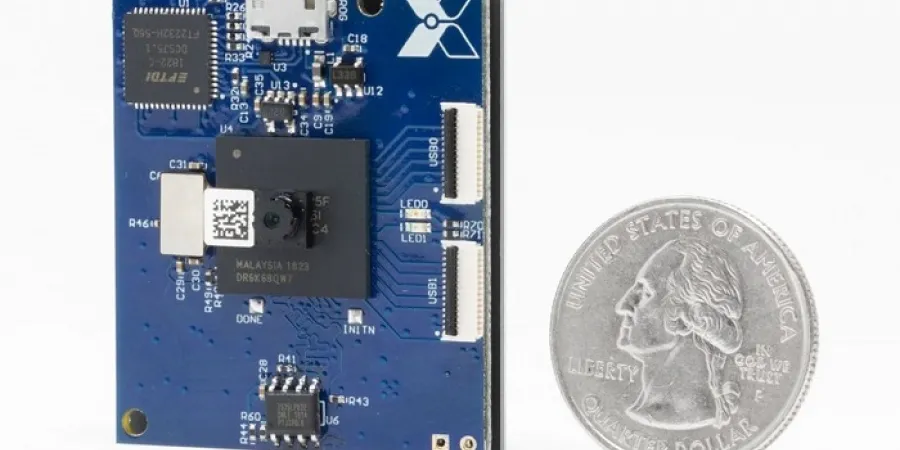Xnor.ai Unveils Dedicated Hardware for Running Algorithms by Edge Devices
For military applications, this is the revolution people have talking about for years. It enables users to transfer processing capabilities to edge sensors so as to shorten the sensor-to-shooter loop closure interval
Ami Rojkes Dombe
| 14/02/2019
Xnor.ai has unveiled a dedicated, miniaturized hardware device enabling low-power edge devices to run algorithms.
"In many cases, those devices cannot employ machine learning techniques themselves, but rather send data off to the cloud where it can be done more efficiently. Because the processes that make up 'AI' are often resource-intensive, sucking up CPU time and battery power," explains a report by TechCrunch.
Xnor.ai attempts to provide a product capable of executing deep learning models on a $5 Raspberry edge device. In this way, as the report explains, the device may be used to run computer vision processes which previously required the computing power of the cloud.
For military applications, this is the revolution people have talking about for years. It enables users to transfer processing capabilities to edge sensors so as to shorten the sensor-to-shooter loop closure interval. Additionally, it will enable a cluster of sensors to maintain the conditions specified for a permanent or variable target function. Another advantage of this capability is the fact that the edge sensors can still operate even when communication with the central cloud has been disconnected.
For military applications, this is the revolution people have talking about for years. It enables users to transfer processing capabilities to edge sensors so as to shorten the sensor-to-shooter loop closure interval
Xnor.ai has unveiled a dedicated, miniaturized hardware device enabling low-power edge devices to run algorithms.
"In many cases, those devices cannot employ machine learning techniques themselves, but rather send data off to the cloud where it can be done more efficiently. Because the processes that make up 'AI' are often resource-intensive, sucking up CPU time and battery power," explains a report by TechCrunch.
Xnor.ai attempts to provide a product capable of executing deep learning models on a $5 Raspberry edge device. In this way, as the report explains, the device may be used to run computer vision processes which previously required the computing power of the cloud.
For military applications, this is the revolution people have talking about for years. It enables users to transfer processing capabilities to edge sensors so as to shorten the sensor-to-shooter loop closure interval. Additionally, it will enable a cluster of sensors to maintain the conditions specified for a permanent or variable target function. Another advantage of this capability is the fact that the edge sensors can still operate even when communication with the central cloud has been disconnected.



